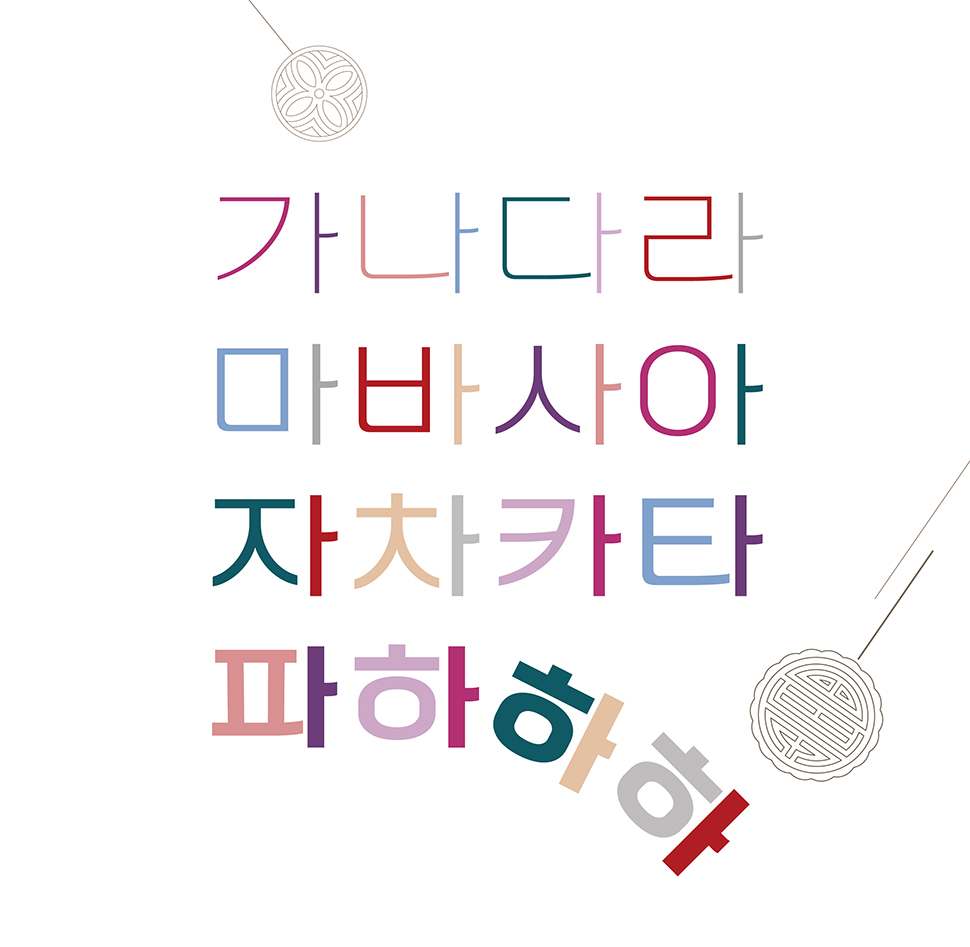[Apr] Ask Us About Korea: There’s much more to Korean names than meets the eye
Date Apr 25, 2022
 gettyimagesbank
gettyimagesbank
How do Korean names work?
Korean names look simple – typically three syllables, a one-syllable family name first followed by a two-syllable given name. But there is a lot of complexity hidden in the structure, meaning and romanization of Korean names.
To express a Korean name best in the Latin alphabet, the surname typically appears as a separate word, while the two syllables of the personal name are hyphenated. Of course, Koreans often reverse this order overseas, placing the surname last, which can lead to confusion even among fellow Koreans.
There are fewer than 300 Korean surnames in existence today, three of which – Kim, Lee and Park – cover almost half of the population. To Mark Peterson, a professor emeritus of Korean studies at Brigham Young University, this high frequency is “proof of the peaceful history of Korea.”
Peterson argues that the reason there are so many Kims, Lees and Parks is that these names were royal families of past kingdoms, and that in Korea, unlike other places, when the kingdoms fell, the royals and their names were not killed off by the subsequent dynasties.
He explained how the variety of names grew: “There were also additions to all the aristocratic names from those who traditionally had no surnames, the slaves.” But all of those Kims, Lees and Parks are not related, let alone royal. Slaves often took the surnames of their masters, and while Kim can be written only one way in Hangeul, it can be written a multiple number of ways in hanja (Chinese characters). The hanja root identifies the family’s bongwan (ancestral hometown), and makes it clear whether two Kims in love have any possibility of being distant kissing cousins.
Another surprise for many from other cultures is that Korean women keep their surnames after marriage. Hence the current first lady is Kim Jung-sook, while her husband is President Moon Jae-in, and President-elect Yoon Suk-yeol will be sworn in beside the new first lady Kim Kun-hee.
While children have automatically received their father’s surname in the past, some parents have begun giving their kids a hybrid of their surnames. The resulting compound family names, such as Parkjung or Kimlee, have yet to be legally recognized throughout Korea, however.
Korean names often have literal, translatable meanings derived from hanja, but as the same mono-syllabic sound in Korean could be made from a multitude of Chinese characters, the exact meaning is not readily apparent. Even if Chinese speakers see a name written in hanja, the true meaning and pronunciation are unclear as it is based on the Korean language. Since the 1970s, there has been a trend of giving babies “pure Korean” (hanja-free) names drawn from indigenous Hangeul words, such as Ah-reum (Beauty), Sa-rang (Love) or Ha-neul (Sky).
To complicate matters, some traditional Korean surnames are longer than one syllable, and given names can be shorter or longer than two. Some double-syllable surnames are Namgung, Jegal and Sunwoo. A single-syllable given name is usually based on one hanja character. Those with two-syllable surnames often have a single-syllable given name to share the common three-syllable full-name format. So Kakao’s CEO is Namkoong Whon, just remember not to call him Mr. Nam or Koong-whon.
It’s worth noting that Koreans have the legal right to spell their names however they choose with Roman letters. Lee, Yi, Rhee, Rhii or simply I are all ways to write the same family name, as are Choi, Choe, Che, Tsoi or even Zoy. Personal names can be romanized in even more diverse ways and with or without a hyphen.
**“Ask Us about Korea” is a Q&A section about Korea and Korean culture. If you have any relevant questions, please send us an email (KOCIS@korea.kr). We’ll choose one of the questions sent by our readers and answer it in this section.**

The Ministry of Culture, Sports and Tourism's "Korea Here & Now" work can be used under the condition of "Public Nuri Type 1 (Source Indication)."




